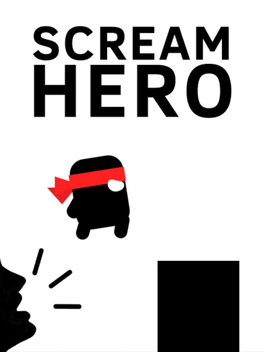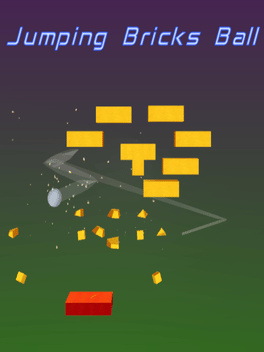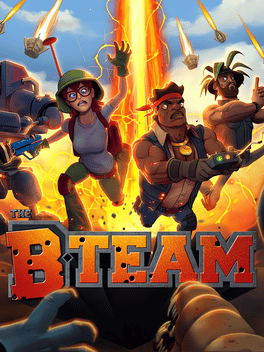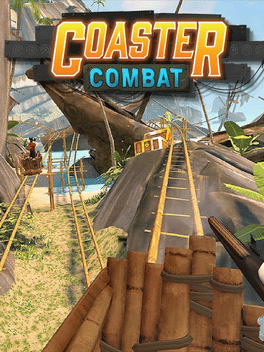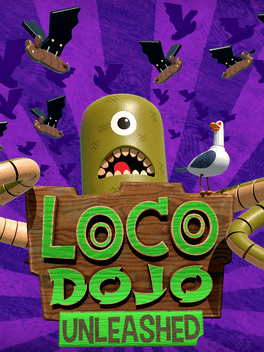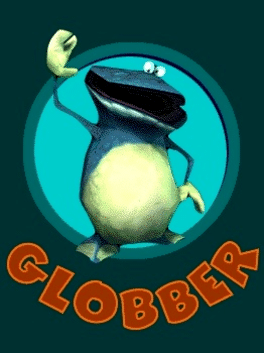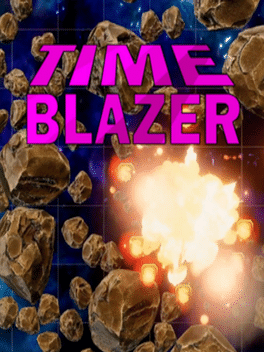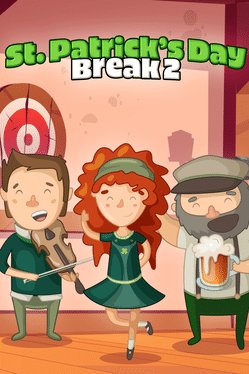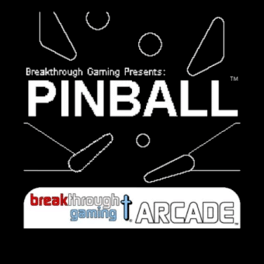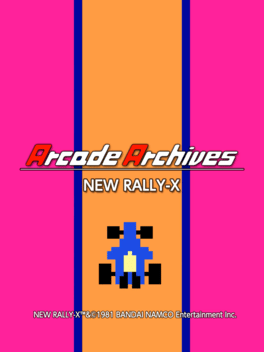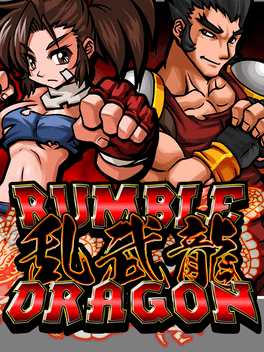Most Popular Arcade Games - Page 218
-
Scream Hero
2017
Scream Hero
2017
Use your voice to move and jump between platforms. The more you shout, the higher you jump ! Watch out for pitfalls ! Have a blast with your friends, but don't disturb your neighbor too much! -
Vico
2022
-
Jumping Bricks Ball
2022
Jumping Bricks Ball
2022
Play this exciting game with the ball bouncing against bricks scrolling down the screen, renewing the famous breakout game. Jumping Bricks Ball is an easy to learn but tough to master game with rich visual effects and addictive gameplay mechanics. -
CastleOfDuck
2014
CastleOfDuck
2014
Evil turtle troops invade a peaceful Ducky planet. Valiant ducky heroes are preparing castle defense against invasion of Turtle troops. Get ready for battle to save Ducky Planet by helping duckies out. -
Monster Pow
2017
-
B-Team
2020
B-Team
2020
The alien invasion is underway! The best and the brightest met the enemy head on, and got their butts kicked for the trouble. Now it is up to you and the members of the B-Team! Dodge to the left. Dodge to the right. Dodge to the left. No, that’s your right. Speed down the path while dodging obstacles and overcoming deadly enemy traps! These aliens are carrying heavy firepower. Use the Team’s special weapons to fight through wave after wave of determined enemies. We are facing an enemy that is truly mentally gifted. Their puzzles and defenses are like nothing you have seen on this planet, unless you have. Put your mind to the test with quick draw challenges! Time to prove you have what it takes to be the the last, 2nd best hope for the planet. -
Coaster Combat
2020
Coaster Combat
2020
Theme park ride meets action game in Coaster Combat, the most enjoyable roller coaster experience ever! It’s amazingly comfortable yet extremely exhilarating with fun shooting action, endless track combinations and beautiful environments that will keep you coming back for more. -
Loco Dojo Unleashed
2021
Loco Dojo Unleashed
2021
Enter the whimsical wooden world of Loco Dojo & step up to Grand Sensei’s 'Table of Trials' to pit your silliest skills against (up to) 3 friends or strangers in this hilariously competitive multiplayer party game -
Globber
A Flash game titled ‘Globber’ was playable on an official Rayman 2 website, but can no longer be accessed. The name of the minigame is a pun on that of the popular game Frogger, which has similar game mechanics. In Globber, the player controls Globox – presumably before he adopted a new name and gave his old one to his son. Globox must cross a road while avoiding cars, then cross a river by jumping across logs, making sure not to fall in. He can go forwards and backwards, but not left or right. Crossing the road and river once earns the player 10 points; the game's difficulty increases as more points are earned. Globox has three lives; when all three are lost, the game is over. -
Time Blazer
2022
Time Blazer
2022
An unknown force in the galaxy is literally eating planets! As it travels through the galaxy, planets in its path begin to panic. A plan to nuke the anomaly goes into action - and it works, but at a cost. As it implodes, it scatters dangerous debris across the galaxy. The Time Blazers are called in for cleanup duty. You'll blast your way through dozens of levels in pulse-pounding arcade action as you fight off a seemingly infinite onslaught of space debris. Use the time warp to slow down your enemies when you become overwhelmed. Upgrade your weapons early and often so that when there are 1,000 asteroids closing in on you - you're ready! -
Duggy
2022
Duggy
2022
Duggy is a cool arcade game where you are hunting the score. Are you better than your friends? Find it out and dig your way down. -
Arcade Archives: New Rally-X
2022
New Rally-X is an action game released in 1981. This work is a full model change from the previous Rally-X. Experience the same thrilling car chases against red cars, now with easier gameplay. -
Pixel Game Maker Series: Rumble Dragon
2022
Pixel Game Maker Series: Rumble Dragon is a belt-scrolling action game with a retro flavor. Take control of Alisa and Mark as they try to defeat the giant enemies! The basic controls are punching and kicking, but you can also perform combo attacks by hitting buttons in rapid succession.
